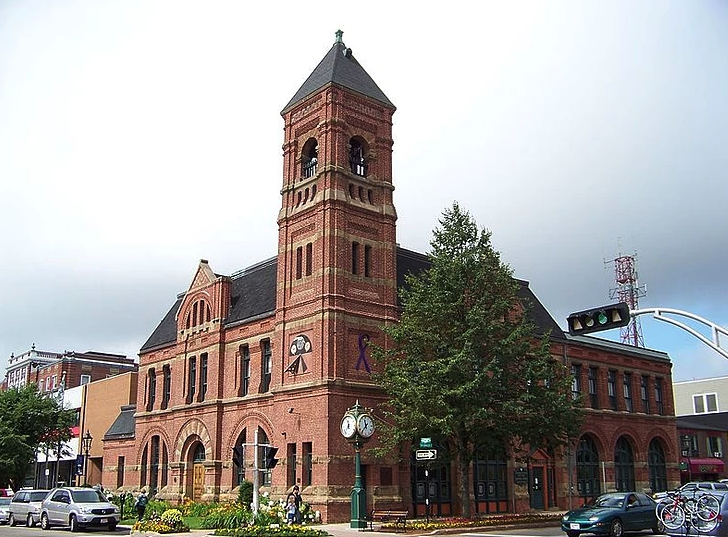Charlottetown, PEI the latest to pursue a passive house plan
For many years, cities around the world, from Vancouver to Brussels, have chosen to include Passive House standards in local regulations to reduce their greenhouse gas (GHG) emissions and improve local wellbeing. Now, Charlottetown, Prince Edward Island, has joined their ranks.
The city of 36,000 released its Community Energy Plan in March 2019, which outlines two overarching targets: (1) to transition to a 100% renewable and carbon neutral city by 2050, reducing GHG emissions by 50-65% relative to 2015 levels by 2030, and (2) to reduce GHGs in municipal operations by 40% by 2030, while striving to achieve 100% renewable energy and carbon neutrality by 2050 across all corporate operations.
Ramona Doyle, Sustainability Officer for the City of Charlottetown, said that the decision to incorporate Passive House standards was born out of local interest and expertise, and inspiration from other cities and towns.“We were watching what other places were doing and we thought, why not push it as far as we can towards the Passive House standard?” said Doyle.
The Plan’s action items related to Passive House construction include:
Construct all new City buildings to Passive House and Zero Carbon Building Standards
Support Passive House and Zero Carbon multi-story affordable housing developments
Create incentives for meeting new Passive House and Zero Carbon standards. Work with stakeholders to build capacity such that all new buildings are constructed to Passive House and Zero Carbon Standards by 2030 or sooner.
The City engaged in many public consultations before and after the plan was drafted to get as much public feedback as possible, and Doyle explained that there was a lot of public support to include Passive House standards in the plan.
Local governments around the world have instituted a variety of policy options to encourage Passive House standards.Some have sought a more stringent approach, like Ireland’s Dún Laoghaire-Rathdown County, which dictates that all new buildings must be built to the Passive House standard or demonstrate equivalent performance levels. While others, like San Francisco, provide more subtle nudges by fast-tracking the permitting and inspection processes for green building projects, including those that adhere to Passive House or EnerPhit certification.
Other cities have opted to regulate changes in land use for additional density and floor space, like the City of Vancouver’s Green Rezoning Policy (2018) and floor area and height relaxations (2018). The first requires that large commercial and multi-unit residential projects applying for rezoning meet Passive House requirements in addition to other stringent criteria. The second accommodates the thicker walls and ceilings associated with Passive House designed to reduce energy consumption by making allowances for additional height and space increases.
Whatever the policy mechanism, it is clear that Passive House has an important role to play in local regulation-- both to reduce local environmental impact and improve social outcomes.
Doyle explained that the motivation to pursue Passive House and zero-carbon actions in Charlottetown’s Community Energy Plan was as much ecological as it was social.
“I was in Ottawa last year and toured [the Passive House affordable housing project] Karen’s Place and I was inspired by this space in terms of what would happen to our community if we didn’t need to use as much energy. We’re still dependent on oil here [...] and people are spending a lot of their income on fuel oil,” said Doyle. “Absolutely there’s an ecological component, but we can never forget in a community like ours the social component. [Lower energy costs] open up so much for people, they have more autonomy and choice...I see it as a social justice issue.”
You can read Charlottetown’s full 2019 Community Energy Plan here.
Image: Smarter1 Creative Commons Attribution-Share Alike 3.0 Unported license

